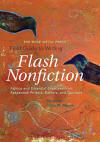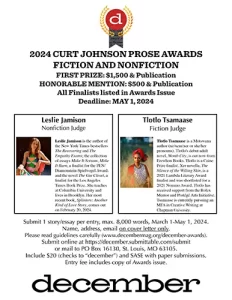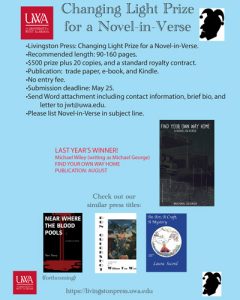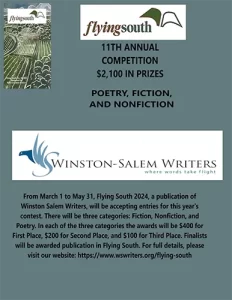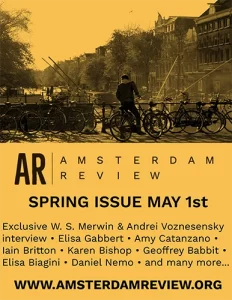The Rose Metal Press Field Guide to Writing Flash Nonfiction
Rose Metal Press’s respected Field Guide series serves a literary need by focusing on less covered genres, such as flash fiction, prose poetry, and now, flash nonfiction. The press’s most recent addition to the series, The Field Guide to Writing Flash Nonfiction, provides a number of examples of elegant flash nonfiction pieces, as well as context for thinking about the form.
Rose Metal Press’s respected Field Guide series serves a literary need by focusing on less covered genres, such as flash fiction, prose poetry, and now, flash nonfiction. The press’s most recent addition to the series, The Field Guide to Writing Flash Nonfiction, provides a number of examples of elegant flash nonfiction pieces, as well as context for thinking about the form.
Edited by Dinty W. Moore, a well-respected figure in the genre, the book offers advice and musings on the form, and is at once practical and inspirational. In a chapter on voice, for example, Jennifer Sinor writes: “You don’t ‘find’ your voice; you make it. While the intimacy of a chosen point of view or an author’s style or tone is important to voice, the real work of creating strong voice is work that takes place off the page. It requires focusing on two aspects of writing internalization of subject and vulnerability in approach.” Advice like this does an excellent job of offering a clear definition for an aspect of writing that may seem murky to many. Much of the advice in this book, while geared specifically toward writers of flash nonfiction, will nonetheless be useful to writers in every genre—and also to those who teach them.
The organization of the book appears a bit daunting from a quick perusal of the table of contents, and some of the formatting decisions made here are confusing; thematic divisions are made apparent in the table of contents only, for example, and thematic sections are not delineated between the chapters. In terms of content, however, the book offers a thorough examination of flash nonfiction; it is at times technical and at times lyrical, and many of the established experts of the genre are well represented here.
Moore’s introduction provides a mini-history of flash nonfiction and then maps out the reasoning behind the book’s organization. His writing style is clear and compelling, and the book proceeds from there to discuss the genre in general, the compression it requires, and technical aspects of writing. There are chapters dedicated to voice, point of view, and use of visual detail and sonic language. The advice offered is generally excellent.
Each chapter is comprised of three parts: a brief essay on an aspect of flash nonfiction’s form or craft, a writing prompt suggested by the chapter’s author, and an exemplar flash nonfiction piece, chosen (and sometimes also written) by the chapter’s author. Standout chapters, in terms of offering clear, compelling advice, include Carol Guess’s contribution on compression, Jennifer Sinor’s chapter on voice, Barbara Hurd’s thoughts on the potential for musicality in prose, and Eric LeMay’s piece on word origins.
Because there are so many authors behind the collection, there are instances when comparisons from chapter to chapter begin to bump against and conflict with each other. Moore acknowledges this in his introduction, when he follows his metaphor comparing flash nonfiction to fire with Judith Kitchen’s comparison to snow compacted into a snowball. “Fire or ice?” Moore asks. “Either way, the air changes.” These conflicting comparisons are most noticeable in the opening chapters, however, where several authors offer different takes on the flash nonfiction form itself, and as the book proceeds into more focused examinations of particular aspects of writing, the discussion from author to author remains diverse in scope yet becomes more unified in tone.
The feel of the book is part inspiration, part technical craft talk—some chapters feel geared toward beginners while others feel more appropriate to advanced/more experienced writers—guaranteeing that the book will well serve writers of every experience level interested in flash nonfiction.

